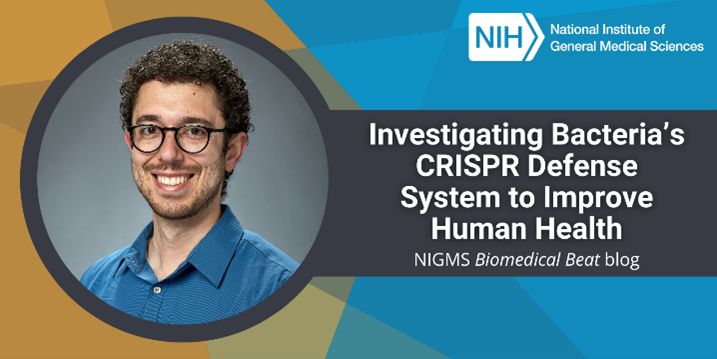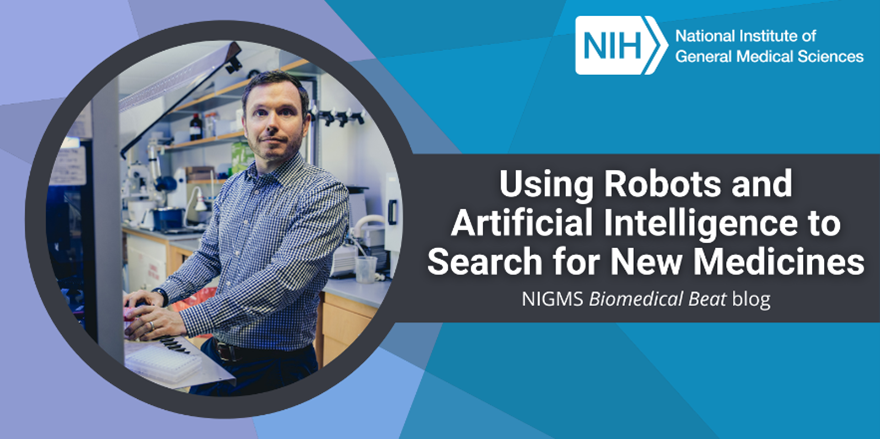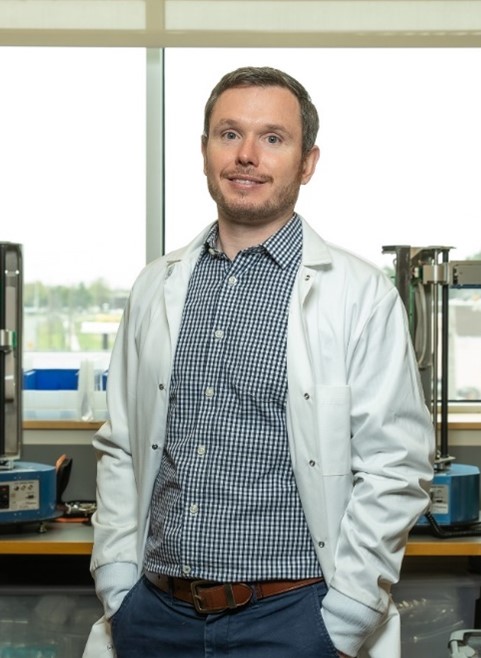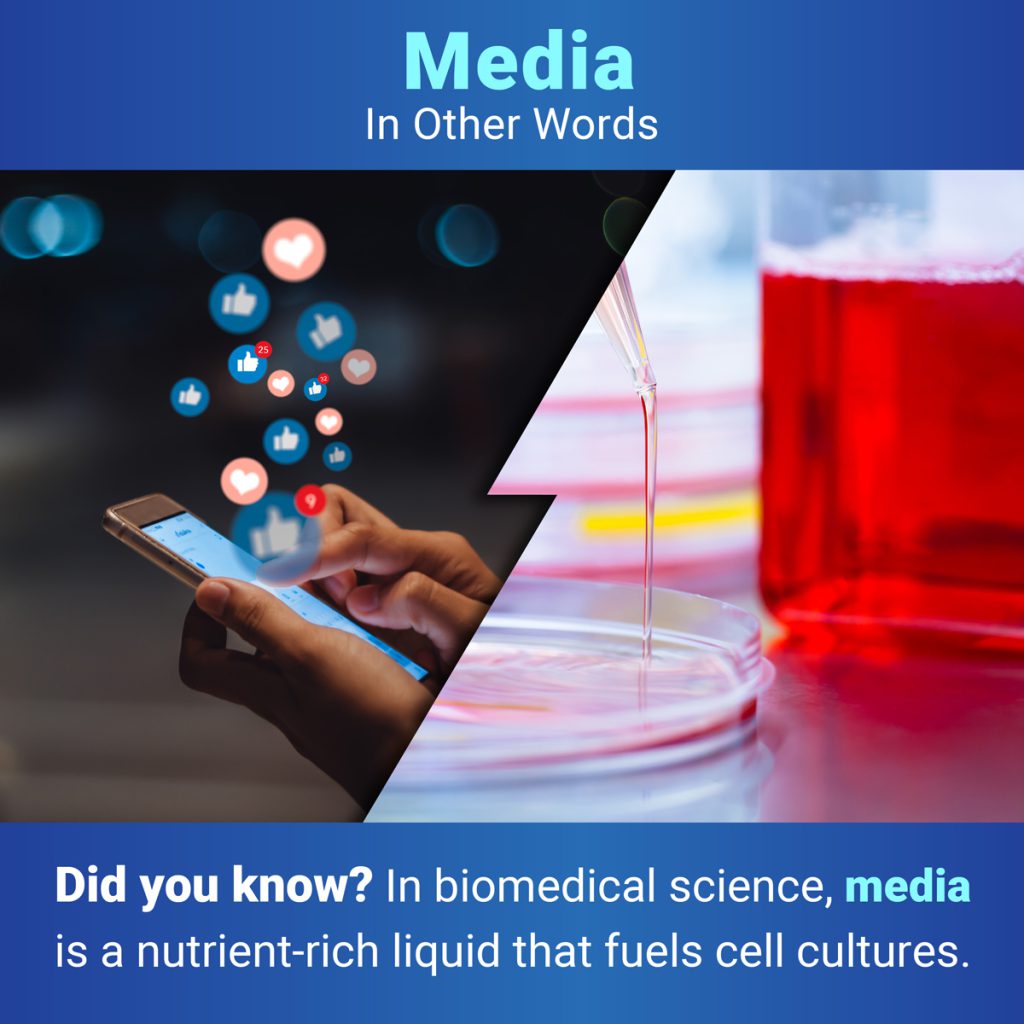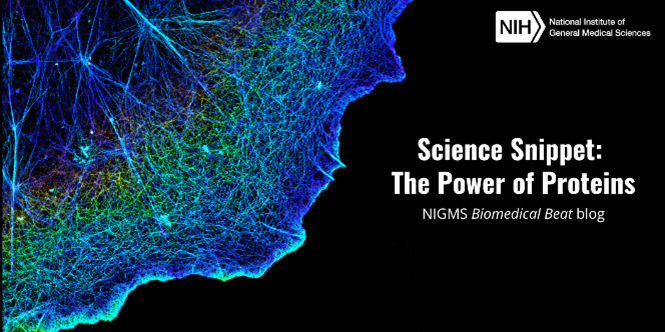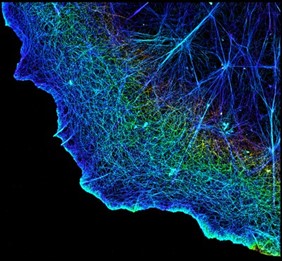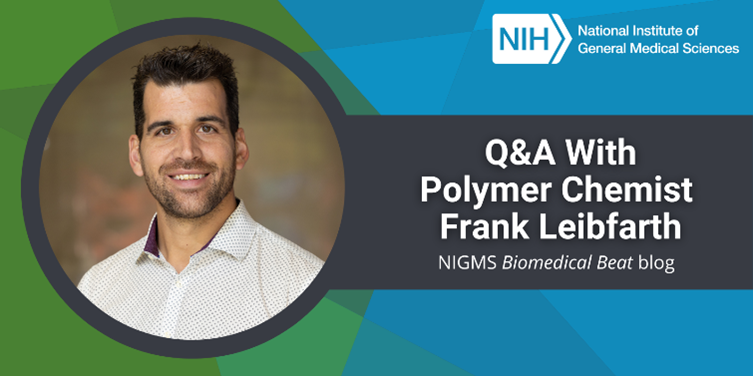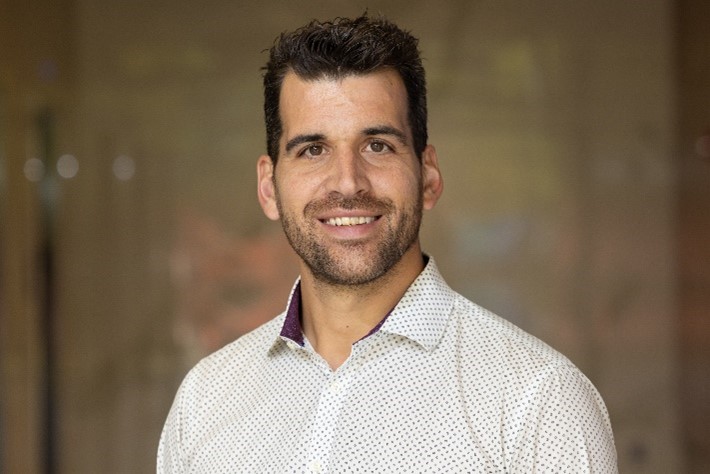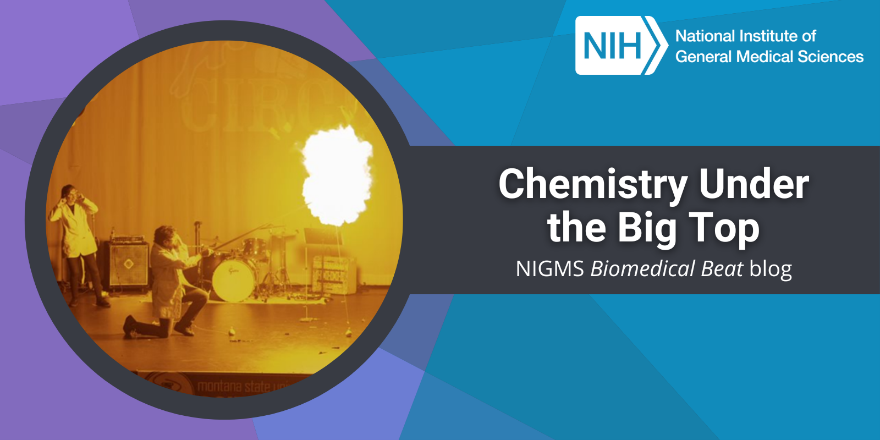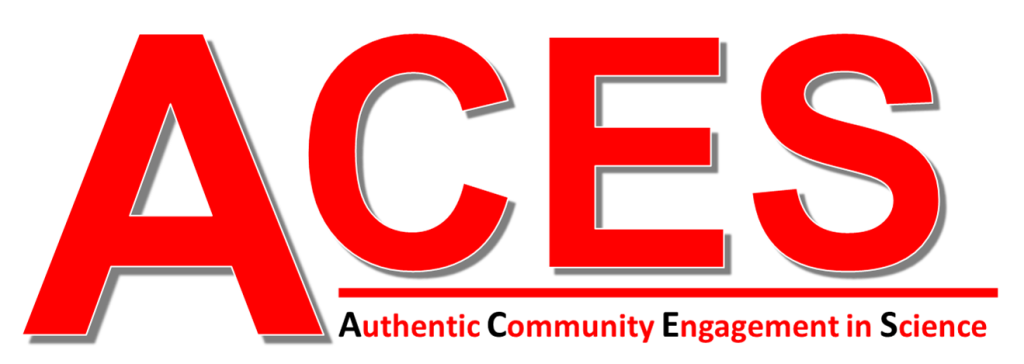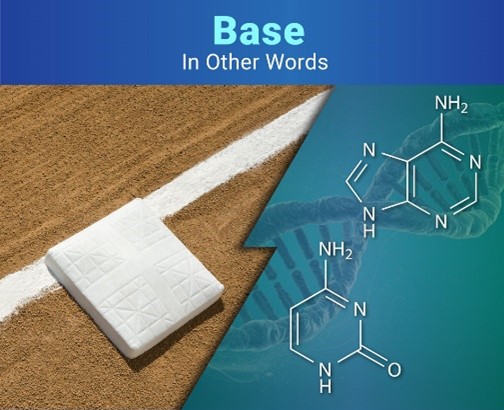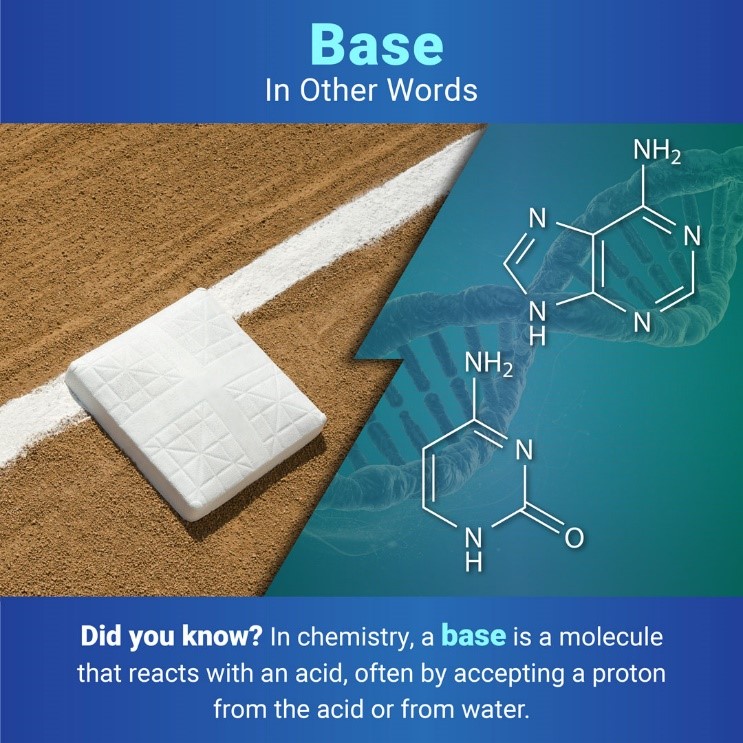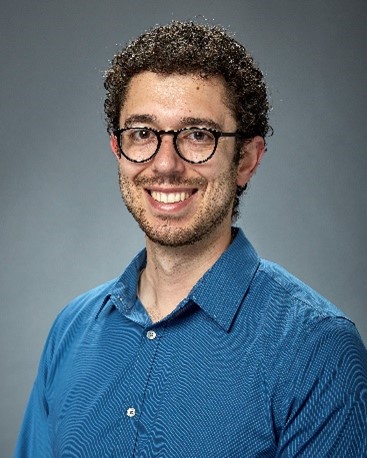
The earliest Andrew Santiago-Frangos, Ph.D., remembers being interested in science was when he was about 8 years old. He was home sick and became engrossed in a children’s book that explained how some bacteria and viruses cause illness. To this day, his curiosity about bacteria persists, and he’s making discoveries about CRISPR—a system that helps bacteria defend against viruses—as a postdoctoral researcher and NIGMS-funded Maximizing Opportunities for Scientific and Academic Independent Careers (MOSAIC) scholar at Montana State University (MSU) in Bozeman.
Becoming a Biologist
Although Dr. Santiago-Frangos wanted to become a scientist from a young age and always found biology interesting, by the time he was attending high school in his native country of Cyprus, he had developed a passion for physics and thought he’d pursue a career in that field. However, working at a biotechnology company for a summer changed his mind. “That experience made me want to dive into biology more deeply because I could see how it could be directly applied to human health. Physics can also be applied to human health, but, at least at that time, biology seemed to me like a more direct way to help humanity,” says Dr. Santiago-Frangos.
Continue reading “Investigating Bacteria’s CRISPR Defense System to Improve Human Health”

